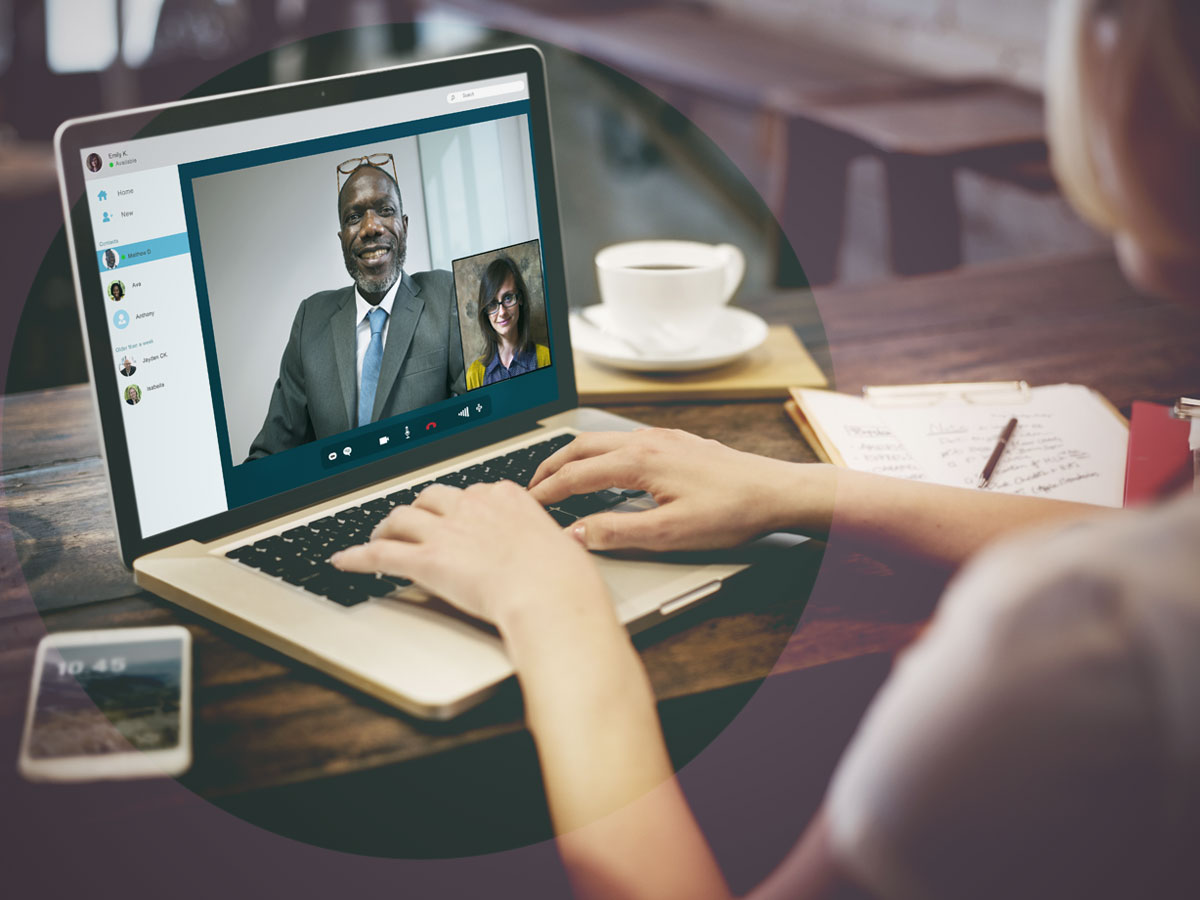

Just six weeks ago, we began a study with a question that now sounds absurd: Does the business world really want the remote working and collaboration tools that tech firms are building?
We intended to create a thought piece for the tech leaders building these products, competing with each other for what seemed like a finite universe of users and use cases. At that time, the numbers painted a very different picture than they do now. Although Federal Reserve data indicates that the share of the labor force that works from home has tripled in the past 15 years, that added up to 4.7 million remote workers in February, or roughly 3% of the U.S. workforce of 157 million.
Then the Coronavirus hit. Suddenly swarms of office workers across much of the country were told to work from home. Many parents struggled to adapt to remote work as schools sent their children home to experience distance learning. Meanwhile, office workers started holding virtual happy hours through video chatrooms. Our original business question had become irrelevant! Our brand new foundational understanding of the category suddenly seemed obsolete.
On the bright side, it is a terrific baseline we can use to see how consumer behavior and needs shift during – and eventually after – the pandemic.
With so much change happening, now is not the time to pass judgment on the effectiveness of this massive work-from-home experiment, or to prove that working from home is actually the answer to all of society’s ills. Rather, our goal with this data set evolved to identify the thoughts, trends, and concerns shared by working professionals before coronavirus changed everything, so that we can be better prepared to serve consumers’ needs related to work — and life — as time goes on.
We used a deep listening form of social media analytics called Online Anthropology (OA) to understand the landscape as it was. This is not simply a web scraping dashboard that counts comments or mentions, coding them as positive, negative or (often) unknown. Online Anthropology involves large-scale qualitative and quantitative analysis of hundreds of thousands of rich, unprompted, peer-to-peer exchanges online. The overarching benefit of the Online Anthropology methodology is that it examines consumers “in the wild,” rather than in social media channels where individuals often compete for attention, likes, and shares.
Across industries and subject areas, Online Anthropology helps marketing and insights teams understand category-level dynamics, cultural and societal forces, and interests-based consumer cohorts. It helps identify white space opportunities for innovation and new product development by uncovering unexpected use cases and unmet needs. It provides verbatim-based qualitative insights on a scale usually reserved for quantitative analysis. While the millions of conversations happening on blogs, forums, Reddit, etc. are not necessarily representative of all consumers, they reflect the unbiased views of everyone who cares enough to comment on their needs or experiences and those who seek or offer advice online.
We identified these conversations around concepts of collaboration and remote work, plus tools designed to facilitate collaboration. We analyzed 3.5 million conversations that took place among 1.4 million individuals between March 2019 and February 2020.
Thanks to our research, we can see some of the fault lines and opportunities that are bound to be exposed as now millions of workers experience remote work for a sustained period of time.
Before Coronavirus, when we could still choose whether or not to work from home:
Overall, our findings offer a nuanced look at the key concerns and considerations among remote workers before the pandemic. The insights, strategy, marketing, talent and IT teams can use our findings to identify previously unexplored ways to tailor their policies, approaches, tools and training.
But, given the unprecedented scale of cultural and economic changes since we ran the study, several new key questions emerge…the same types of questions that many brands are asking:
Because Online Anthropology is large-scale listening research, not small-scale asking research, we can repeat our analysis periodically as the massive work-from-home experiment progresses and understand real-time what’s working and what’s not, in both a quantitative and qualitative way. We will report back with our follow-up results.
Another key benefit of Online Anthropology is that years of data is available, just waiting to be tapped. Unlike a survey, where you need to capture a “pre-read” before the event you want to understand the impact of, deep listening can go back in time to answer questions that didn’t occur to you until today. What questions do YOU suddenly have that you wish you had trended information on? Online Athropology may be able to help you answer them…quickly.
Learn more about the Online Anthropology methodology or the impacts of COVID-19 on consumer behavior in financial services, entertainment, home improvement, and other categories.
You must be logged in to post a comment.